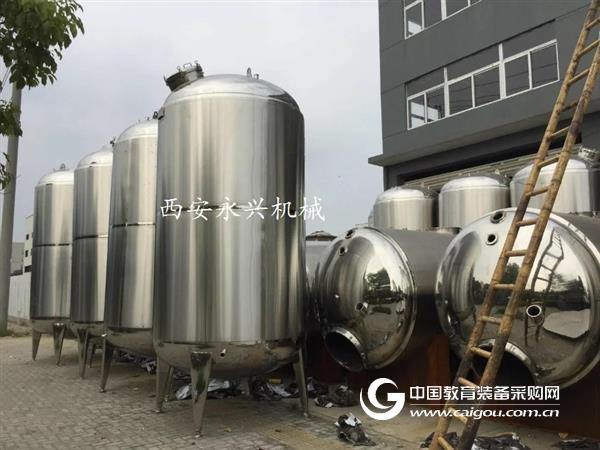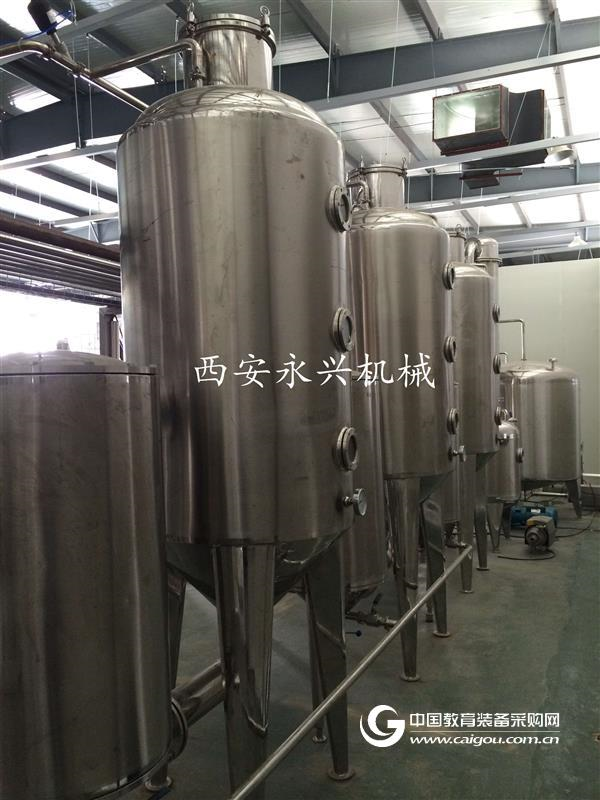The main contents of biotechnology include genetic engineering, cell engineering, enzyme engineering, protein engineering and fermentation engineering. Among them, fermentation engineering is at the center of biotechnology, because most of the biotechnology goals are achieved through fermentation engineering. Fermentation engineering has been widely used in the pharmaceutical industry. Many antibiotics, vitamins, animal hormones, medicinal amino acids, nucleotides, etc. can be obtained through fermentation engineering. Among them, the production of antibiotics is dominant. With the development of biotechnology, the application field of fermentation engineering is also expanding.
ã€Purpose】
(1) Understand the structure and working principle of the laboratory desktop self-controlled fermenter.
(2) Learning the preparation technology of the fermented seed liquid.
(3) Learning steps and methods for culturing microbial cells in a fermentor.
[Experimental principle]
In the microbial pure culture research, many potentially valuable primary screening bacteria often need to use small fermenters in the laboratory to explore the expansion culture and production process, in order to provide technical processes for future industrial production, thereby reducing blind production. Major economic losses. The use of laboratory bench-top self-controlled fermenters to culture microorganisms is one of the important pillars of modern biotechnology.
Deep liquid culture technology is a complex process system for culturing microbial cells that accumulates a large number of microbial cells or metabolites in the fermenter. The laboratory's desktop self-controlled fermenter system can better complete the exploration and research of the above parameters, and can timely and continuously replenish nutrients, adjust pH, provide dissolved oxygen, etc. according to the needs, to meet the nutrients needed for microbial growth and reproduction. With the environmental conditions, to achieve the best expected goals, provide practical experience and theoretical basis for large-scale process production.



Water Pump is a machine that transports liquids or pressurizes liquids. It is mainly used to transport liquids including water, oil, acid alkali, emulsion, suspension emulsion and liquid metal, etc. It can also transport liquids, gas mixtures and liquids containing suspended solids. It transfers the mechanical energy or other external energy of the prime mover to the liquid, so that the liquid energy increases. According to different working principles, it can be divided into positive displacement pumps, vane pumps and other types. Positive displacement pump is the use of its studio volume changes to transfer energy; Vane pump is the use of rotary Blade and water interaction to transfer energy, there are centrifugal pump, axial flow pump and mixed flow pump and other types. The technical parameters of pump performance are flow, suction, head, shaft power, water power, efficiency, etc.
With the continuous promotion of urbanization construction in China, there are more and more high-level communities and properties, and efficient energy-saving pumps that ensure energy saving rates in the market have become hot products. In response to the needs of national construction of resource-saving society, photovoltaic water pump has become a new research trend, photovoltaic water pump system is effective in saving water and electricity, greatly reducing the input of traditional energy, to achieve zero CO2 emissions, truly in line with the national construction of "resource-saving" and "environmentally friendly" social development strategy.
petrol water pump,water pumping machine,gasoline agricultural water pump for sale
Shaoxing Haotuo Machinery CO., LTD. , https://hotochainsaw.com